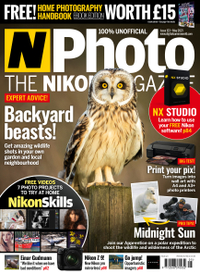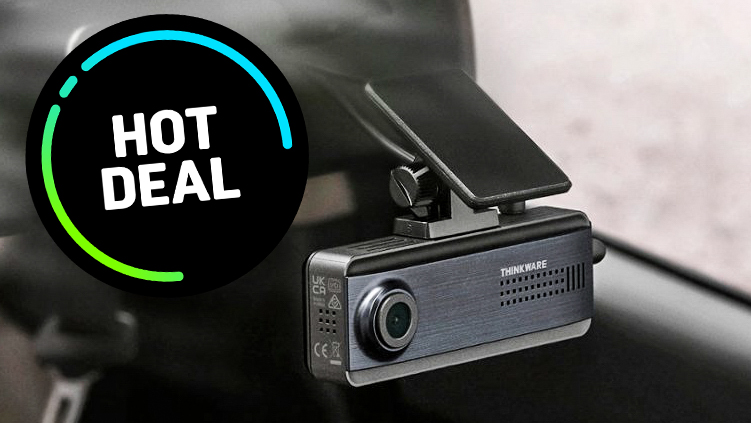Documentary photographer Amy Jones reveals her thought-provoking images of animal abuse
Animal photojournalist Amy Jones shares her experience of documenting our relationship with captive creatures
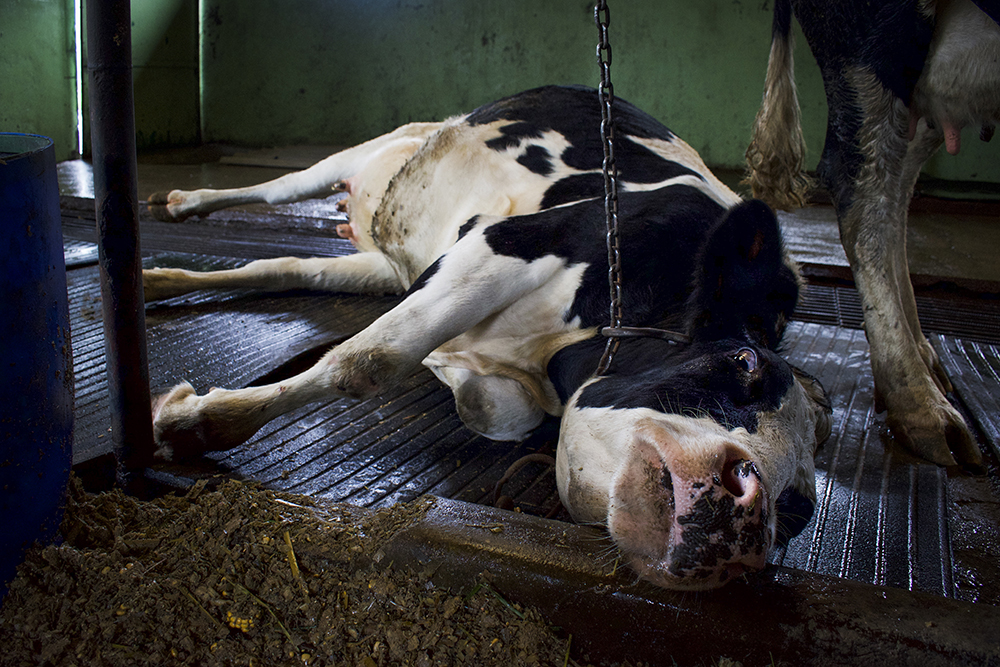
In 2018, my partner and I founded the photojournalism project Moving Animals. Since then, I have worked on the ground across seven different countries to shoot animal issues around the world to help draw attention to the creatures used for entertainment, food and fashion.
Initially, my interest in photography stemmed from wildlife photography. I remember visiting a wildlife photography exhibition in London, marvelling at the camera’s ability to inspire the world to protect and appreciate nature. But the image that affected me the most was Broken Cats by photojournalist Britta Jaschinski. The image showed three big cats standing on their hind legs during a wildlife performance. It is a devastating shot, and to me it truly represents the cruelty we inflict on animals.
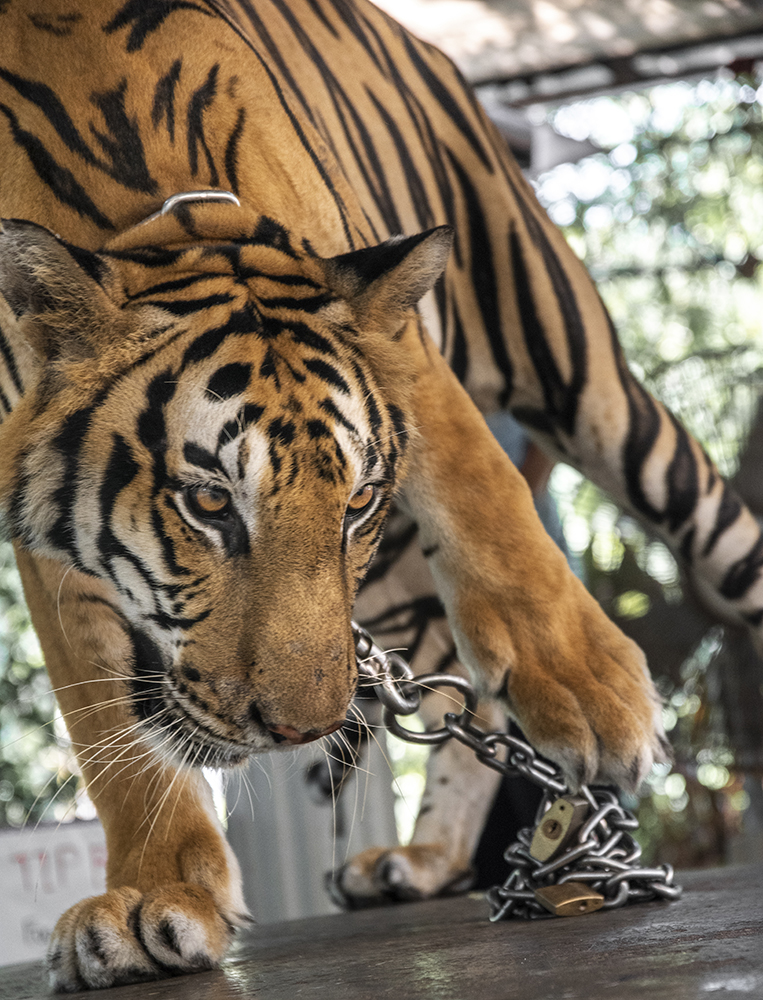
Most of my work is shot on the go, so I try to keep my kit to a minimum. When I began the Moving Animals project, I started with just a Nikon D5600 – it was fairly light, durable and the image quality was great – but as I started to push my work further, I realized that I needed more from my kit and upgraded to the Nikon D810.
I use the Nikon 17-35mm f/2.8 and Nikon 50mm f/1.8. The 50mm lens has changed and shaped the way that I photograph and connect with subjects. When watching an animal being slaughtered or struggling against chains just a couple of feet away, it changes you, and I think that this is also reflected in my work.

Out of sight, out of mind
My work seeks to replace false narratives with images of what is really happening to animals behind closed doors, giving people a glimpse into the places that are kept hidden from us. For example, the animal agriculture industry advertises images of happy animals in open fields when that couldn’t be further from the truth.
Recently, as more photographers start to pick up their cameras to help tell animals’ stories, this kind of photography has taken form and structure through the classification of Animal Photojournalism (APJ). APJ is an exciting, emergent genre of photography, which seeks to document and expose the experiences of animals who live amongst us, but who we fail to see.

The surge of support for APJ has also recently been elevated thanks to the new book HIDDEN: Animals in the Anthropocene. Created by Jo-Anne McArthur and Keith Wilson, HIDDEN is an unflinching book of photography about our conflict with animals around the globe, as depicted through the lenses of 40 award-winning photojournalists and with a foreword by Oscar-winning actor and animal rights advocate Joaquin Phoenix.
Get the Digital Camera World Newsletter
The best camera deals, reviews, product advice, and unmissable photography news, direct to your inbox!

Amy Jones is one of the 40 contributing photographers to HIDDEN: Animals in the Anthropocene, a critically acclaimed book about the life and death of factory-farmed animals, published by We Animals Media.
Read more:
Best Nikon cameras
Best travel cameras in 2021
Best travel tripod
N-Photo: The Nikon Magazine is a monthly publication that's entirely dedicated to Nikon users. For the best news, reviews, projects and more, subscribe to N-Photo today!
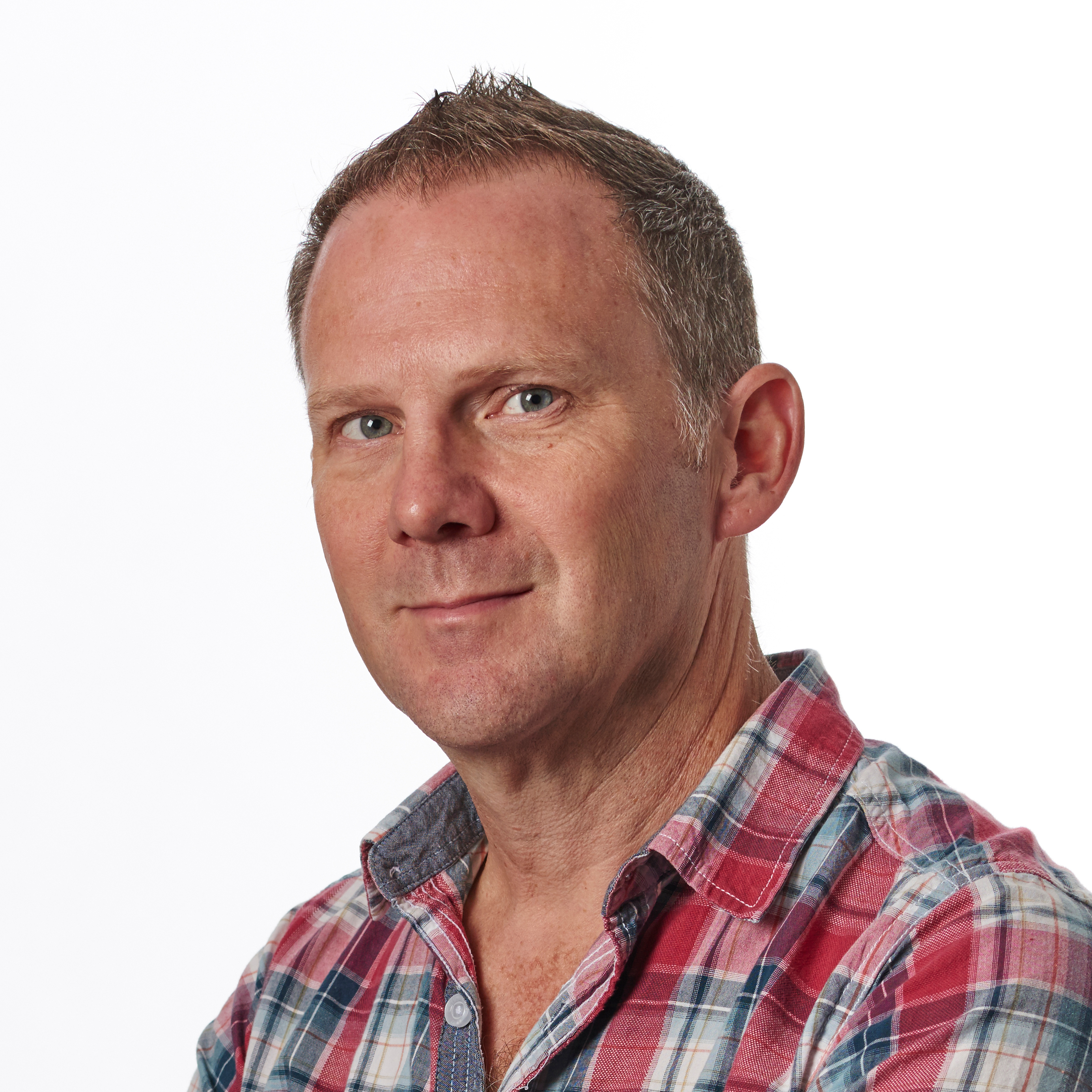
Prior to joining digitalcameraworld.com as Guides Editor, Adam was the editor of N-Photo: The Nikon Magazine for seven years, and as such is one of Digital Camera World's leading experts when it comes to all things Nikon-related.
Whether it’s reviews and hands-on tests of the latest Nikon cameras and lenses, sharing his skills using filters, tripods, lighting, L brackets and other photography equipment, or trading tips and techniques on shooting landscapes, wildlife and almost any genre of photography, Adam is always on hand to provide his insights.
Prior to his tenure on N-Photo, Adam was also a veteran of publications such as PhotoPlus: The Canon Magazine, so his wealth of photographic knowledge isn’t solely limited to the Big N.
